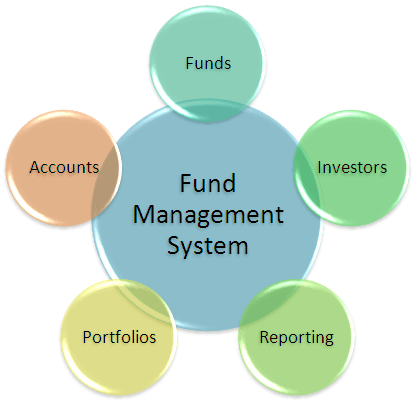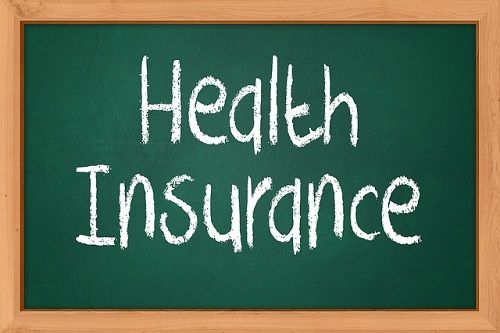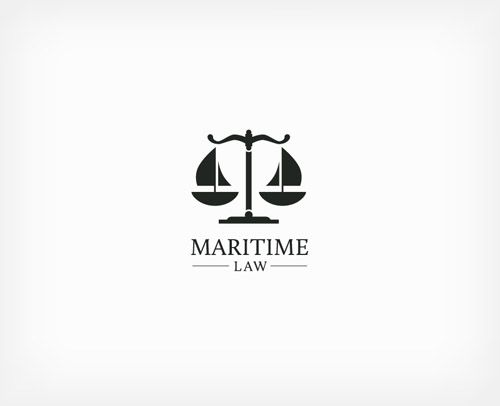How does declaring dividends affect balance sheet?
Contents:


Occurs when a stock dividend distribution is less than 25% of the total outstanding shares based on the shares outstanding prior to the dividend distribution. To illustrate, assume that Duratech Corporation has 60,000 shares of $0.50 par value common stock outstanding at the end of its second year of operations. Duratech’s board of directors declares a 5% stock dividend on the last day of the year, and the market value of each share of stock on the same day was $9.
How to Calculate the Dividend Payout Ratio From an Income … – Investopedia
How to Calculate the Dividend Payout Ratio From an Income ….
Posted: Sat, 25 Mar 2017 15:23:51 GMT [source]
In a 2-for-1 split, for example, the value per share typically will be reduced by half. As such, although the number of outstanding shares and the price change, the total market value remains constant. If you buy a candy bar for $1 and cut it in half, each half is now worth $0.50.
How to Account for Issuance of Par Value Shares
Dividends may be issued either in the form of cash or as additional shares of stock. In both cases, the amount paid out is in proportion to the number of shares already held by shareholders. Cash or stock dividends distributed to shareholders are not recorded as an expense on a company’s income statement.
Distribution of Cash or Other Assets From a Corporation to Its … – Chron
Distribution of Cash or Other Assets From a Corporation to Its ….
Posted: Wed, 13 Jul 2016 21:44:51 GMT [source]
Assume company ABC has a particularly lucrative year and decides to issue a $1.50 dividend to its shareholders. If ABC has 1 million shares of stock outstanding, it must pay out $1.5 million in dividends. The effect of dividends on stockholders‘ equity is dictated by the type of dividend issued. When a company issues a dividend to its shareholders, the value of that dividend is deducted from its retained earnings.
Century 21 Accounting: General Journal
When dividends are actually paid to shareholders, the $1.5 million is deducted from the dividends payable subsection to account for the reduction in the company’s liabilities. The cash sub-account of the assets section is also reduced by $1.5 million. Dividends are generally paid in cash or additional shares of stock, or a combination of both. When a dividend is paid in cash, the company pays each shareholder a specific dollar amount according to the number of shares they already own. A company that declares a $1 dividend, therefore, pays $1,000 to a shareholder who owns 1,000 shares.
Preordering books will lower the amount of cash and increase the value of receivables. This transaction only replaces one asset with another asset which means that the total assets, liabilities, and equity should all remain unchanged. Purchasing the car on credit will increase the total assets and total liabilities by $10,000 each. This transaction will increase one type of asset by $15000 and decrease another asset by the same amount. The overall effect on the total assets is zero because the transaction has only changed the composition of the assets.
Where Dividends Apparently on the Financial Statements
Find out everything you need to know about these debits and creditss with our handy guide to dividends and cash flow. Cash DividendsCash dividend is that portion of profit which is declared by the board of directors to be paid as dividends to the shareholders of the company in return to their investments done in the company. Such a dividend payment liability is then discharged by paying cash or through bank transfer. It is important to note that dividends are not considered expenses, and they are not reported on the income statement.

Many investors view a dividend payment as a sign of a company’s financial health and are more likely to purchase its stock. In addition, corporations use dividends as a marketing tool to remind investors that their stock is a profit generator. For companies, dividends are a liability because they reduce the company’s assets by the total amount of dividend payments. A stock dividend is a payment to shareholders that is made in additional shares rather than in cash.
Main Purposes of Financial Statements (Explained)
Companies must pay unpaid cumulative preferred dividends before paying any dividends on the common stock. But the cash dividend will affect cash flow on the date of payment because there will be an outflow of cash from the cash account of the company. And your current liabilities on the balance sheet side will increase because now it becomes your liability to pay this amount to shareholders within the next year. As the financial statements are a summarized form of all the transactions of the company that’s why the declaration of dividends also affects the financial statements of the company.
The amounts within the accounts are merely shifted from the earned capital account to the contributed capital accounts (Common Stock and Additional Paid-in Capital). The difference is the 3,000 additional shares of the stock dividend distribution. The company still has the same total value of assets, so its value does not change at the time a stock distribution occurs. The increase in the number of outstanding shares does not dilute the value of the shares held by the existing shareholders. The market value of the original shares plus the newly issued shares is the same as the market value of the original shares before the stock dividend. For example, assume an investor owns 200 shares with a market value of $10 each for a total market value of $2,000.
- At the date of declaration, the business now has a liability to the shareholders to pay them the dividend at a later date.
- HedgingHedging is a type of investment that works like insurance and protects you from any financial losses.
- After the dividends are paid, the dividend payable is reversed and is no longer present on the liability side of the balance sheet.
- The authors and reviewers work in the sales, marketing, legal, and finance departments.
- For example, Metro Inc. declares a $500,000 cash dividend on December 15, 2018 and the cash payment against this dividend is to be made to stockholders on January 15, 2019.
The https://1investing.in/ stockholders’ equity on the company’s balance sheet before and after the split remain the same. Occurs when a company’s board of directors issue new shares to existing shareholders in place of the old shares by increasing the number of shares and reducing the par value of each share. For example, in a 2-for-1 stock split, two shares of stock are distributed for each share held by a shareholder.
Journal Entry
The debit is a charge against the retained earnings of the business and represents a distribution of the retained earnings to the shareholders. The debit entry is not an expense and is not included as part of the income statement, and therefore does not affect the net income of the business. Well established companies often pay dividends to their stockholders on regular basis. However, the students should keep in mind that no dividends payable liability comes into existence in a period unless and until the board of directors actually authorizes and declares the dividends in that period.
Because omitted dividends are lost forever, noncumulative preferred stocks are not attractive to investors and are rarely issued. The statement of cash flows will report the amount of the cash dividends as a use of cash in the financing activities section. On April 30, 2018, the market price of Lakeside’s common stock was $16 per share and the company declared a 13% stock dividend. As a result of above journal entry, the cash balance is reduced by the amount of dividend paid to stockholders and the dividend payable liability is extinguished.
- Companies only pay dividends when there’s enough profit to cover the payout.
- As you can tell, the accounting equation will show $50,000 on both sides.
- As an example, the same corporation wants to issue a 10% stock dividend to its shareholders.
- As you can see, shareholder’s equity is the remainder after liabilities have been subtracted from assets.
- Shareholders‘ equity is determined by adding retained earnings and common stock.
However, dividends on preferred stock will appear on the income statement as a subtraction from net income in order to report the earnings available for common stock. The first entry occurs on the date that the board of directors declares the dividend. In this entry the account Retained Earnings is debited and Dividends Payable is credited for the amount of the dividend that will be paid.
When both sides of the equation are not a matched number, it is a sure indication that a calculation or entry error has occurred. If a transaction decreases the total assets of a business, then the right side of the accounting equation MUST reduce as well. Capital stock is the number of common and preferred shares that a company is authorized to issue, and is recorded in shareholders‘ equity.
One that is made at the time of declaration of dividends and one that is made at the time of payment of dividends. How a transaction impacts the accounting equation depends on the type of the two or more accounts involved . Some transactions don’t affect the accounting equation because they increase and decrease multiple accounts of the same type (e.g., assets).
The ultimate effect of cash dividends on the company’s balance sheet is a reduction in cash for $250,000 on the asset side, and a reduction in retained earnings for $250,000 on the equity side. On the balance sheet, your retained earnings are debited and dividends payable are credited. This means that an amount from your equity section is moved to the liabilities section. Businesses, from large to small, pay out dividends to return cash to their company shareholders. As such, it’s important for limited company owners to have a solid understanding of how they work and what they mean for your bottom line, as well as your company’s cash flow.

Cash dividends become liabilities on the declaration date because they represent a formal obligation to distribute economic resources to shareholders. On the other hand, share dividends distribute additional shares, and because shares are part of equity and not an asset, share dividends do not become liabilities when declared. These shareholders do not have to pay income taxes on stock dividends when they receive them; instead, they are taxed when the investor sells them in the future.
As a result, both cash and retained earnings are reduced by $250,000 leaving $750,000 remaining in retained earnings. After the dividends are paid, the dividend payable is reversed and is no longer present on the liability side of the balance sheet. When the dividends are paid, the effect on the balance sheet is a decrease in the company’s retained earnings and its cash balance.